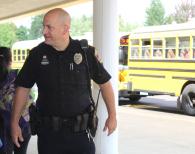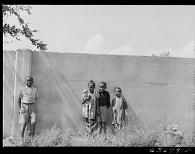In the last 36 years, the sexual diversity movement in Mexico has achieved significant advances that have made it possible for gay, lesbian, bisexual and trans (LGBT) citizens to gain access to some of the rights that historically had been denied to them.
Blog

July 2, 2015 - 3:43pm
The flag may be a proud sign of heritage to some. But when that heritage is built on hatred and oppression, there is no way to wipe clean the blood and bondage it represents.

July 2, 2015 - 10:10am
School Resource Officers (SRO) have been criticized in some reports for being responsible for increases in arrests in schools. Associations have been made between the presence of school-based law enforcement and increased student arrests and referrals to juvenile court for school discipline issues—often for public order offenses, such as willful defiance, disorderly conduct, or disrupting the educational process. While there have been some instances of increased arrests in schools in the United States, other school-community partnerships are seeing opposite results—SROs helping to divert students from involvement with the justice system.

July 1, 2015 - 1:45pm
Is there a symbol of racism in your town? Probably. And if not, maybe there should be.
It’s encouraging that a long overdue shift in displaying the confederate flag is now underway. But especially for those outside the South, it’s too easy to sit on the sidelines, smugly say it’s about time and then resume our normal lives.

June 30, 2015 - 10:10am
While Singaporean society is seemingly getting more polarized, the prominent visibility of queer lives—including celebrities who have come out in other parts of the world—ensures that gay youth now have role models they can emulate.